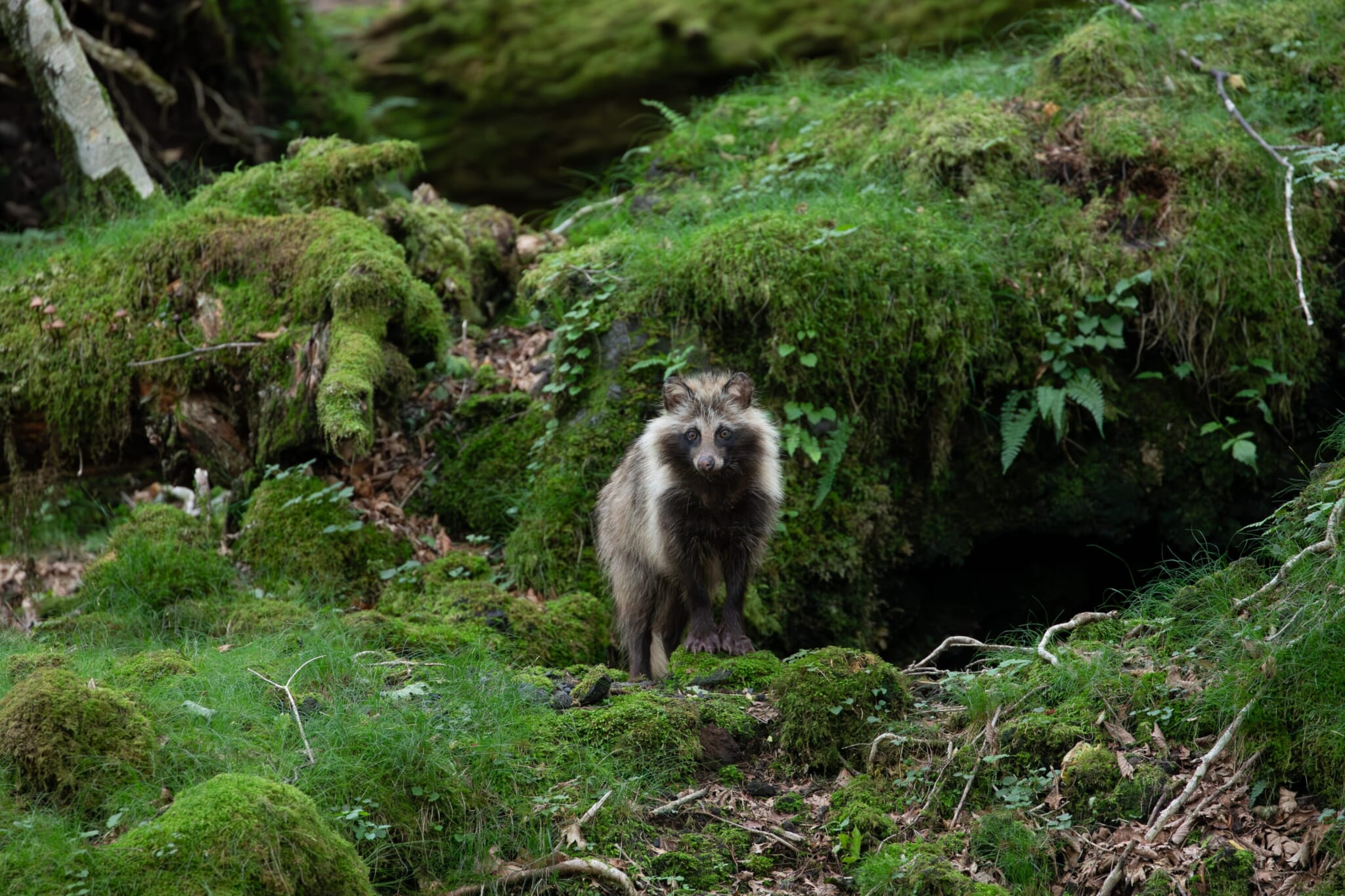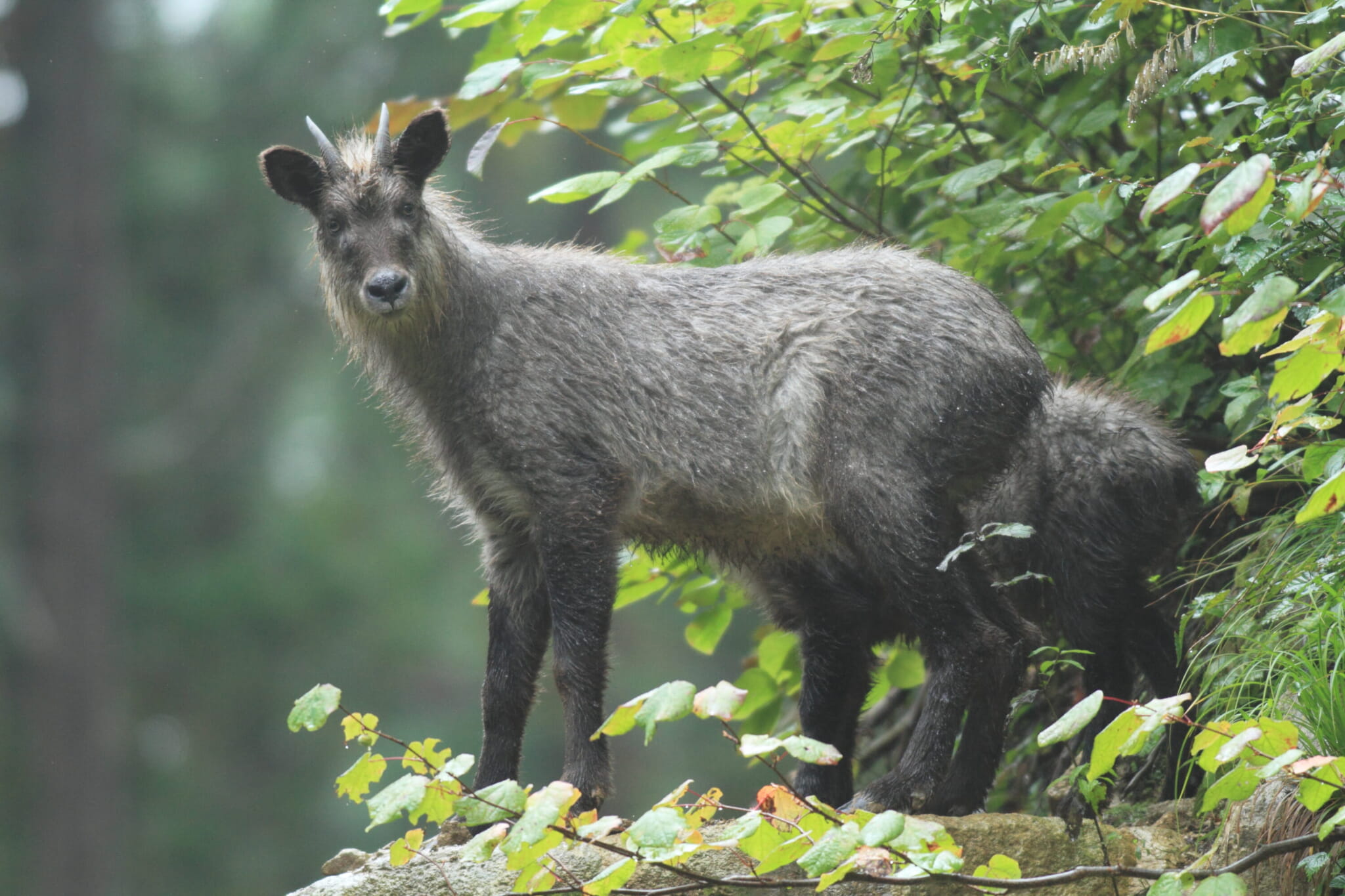
Japanese Serow
One of Japan’s most elusive beasts, the Japanese serow (Capricornis crispus) is a national symbol of Japan. This solitary, shaggy-haired creature has an almost mythical appearance and is often described as looking like a cross between a goat and an antelope. Well-adapted to Japan’s mountainous terrain, the Japanese serow is an agile climber and can sometimes — if its curiosity gets the better of it and it draws near — be seen in dense woodlands across northern Honshu, eastern Kyushu and occasionally elsewhere.
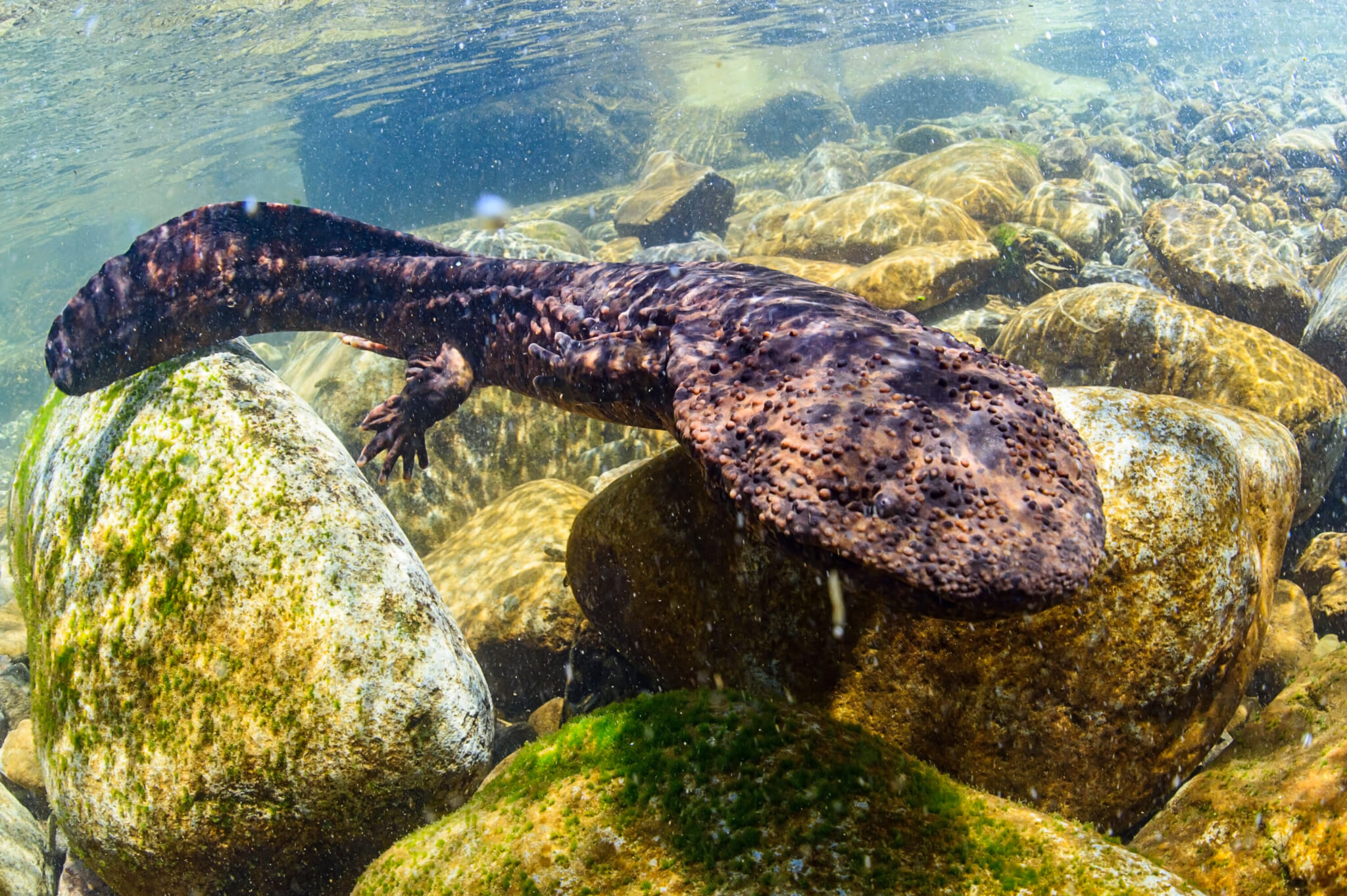
Giant Salamander
The giant salamander (Andrias japonicus) is one of the world’s largest amphibians, often reaching up to 1.5 meters in length. Surprisingly little is known about its ecology, natural history and numbers — studies have reported there are at least 10,000 individuals across the country, but no large-scale survey has been done. Despite its protected status, the giant salamander is still under threat. Its habitats — the clear, fast-flowing rivers of Japan — are increasingly disappearing as concrete walls and dams interrupt migration paths and destroy nesting sites and shelters.

Steller’s Sea Eagle
The northern coastal regions of Japan are graced by the awe-inspiring Steller’s sea eagle (Haliaeetus pelagicus). The raptor is one of the world’s largest and most powerful eagles — and, reportedly, one of the heaviest. With a wingspan of up to 2.5 meters, the Steller’s sea eagle soars skillfully as it hunts for fish and marine life. Though found elsewhere — the species is endemic to northeastern Asia — it will often migrate from its breeding grounds to Hokkaido for the winter. Their numbers peak in late February, and they are most easily spotted on the coast and near lakes close to the Nemuro Strait.
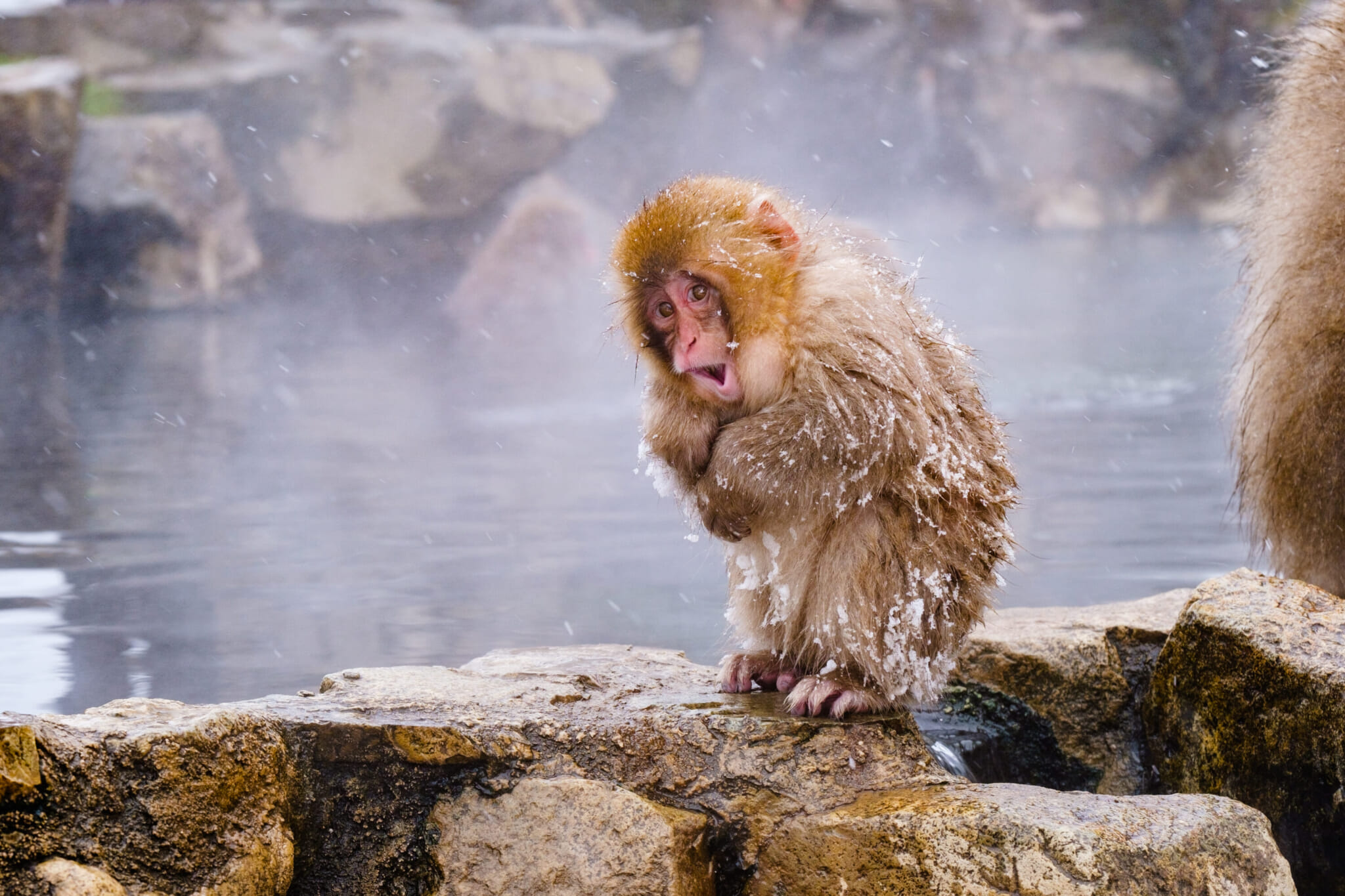
Japanese Macaque
The mischievous Japanese macaque (Macaca fuscata) has earned the endearing nickname “snow monkey” for its resourcefulness and ability to adapt to cold climates. While thick fur and a compact body help the Japanese macaque retain heat, it’s the ape’s penchant for soaking in natural hot springs that brings hordes of visitors to Jigokudani Snow Monkey Park in Nagano Prefecture. Though you’ll spot them here at any time of the year, winter offers the most picturesque view of these fascinating primates.
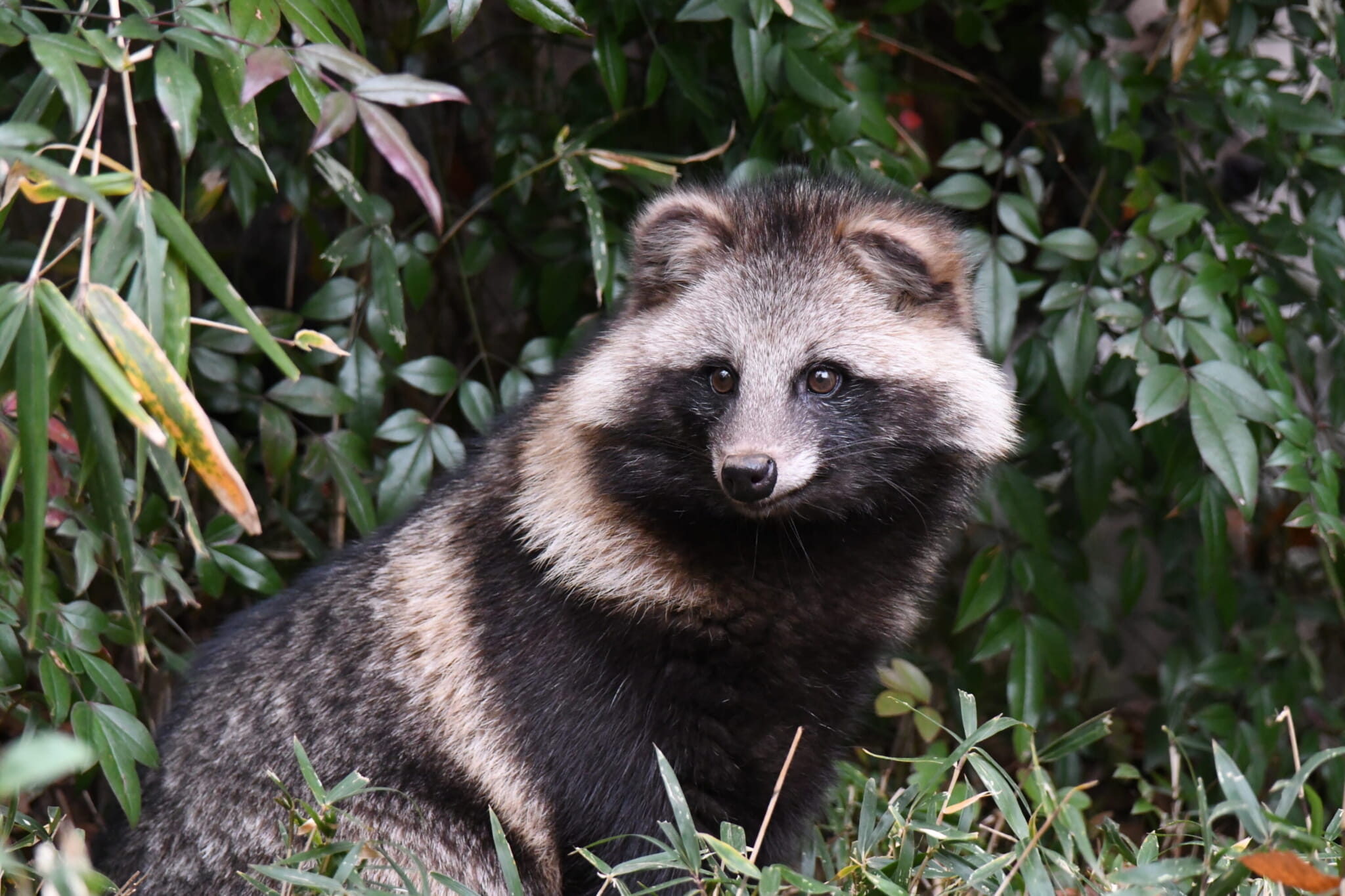
Tanuki
The tanuki, or Japanese raccoon dog (Nyctereutes procyonoides viverrinus), is intertwined with Japanese folklore and mythology. In the stories, tanuki are mischievous tricksters who shapeshift into almost anything — but most often into a beautiful woman. Myths about the tanuki’s testicles are also common, as they can use them to make raincoats, weapons and more. The real-life animal is less bold: It’s shy and elusive, though it can sometimes be spotted in quiet areas of urban environments — including Tokyo. For the best opportunity for a chance encounter in the wild, a trip to Shimane Prefecture’s Chiburijima may be in order — the small island has a population of 2,000 of them.
More Facts About Japan
Need more ice-breaker-worthy material? Check out these other articles:

